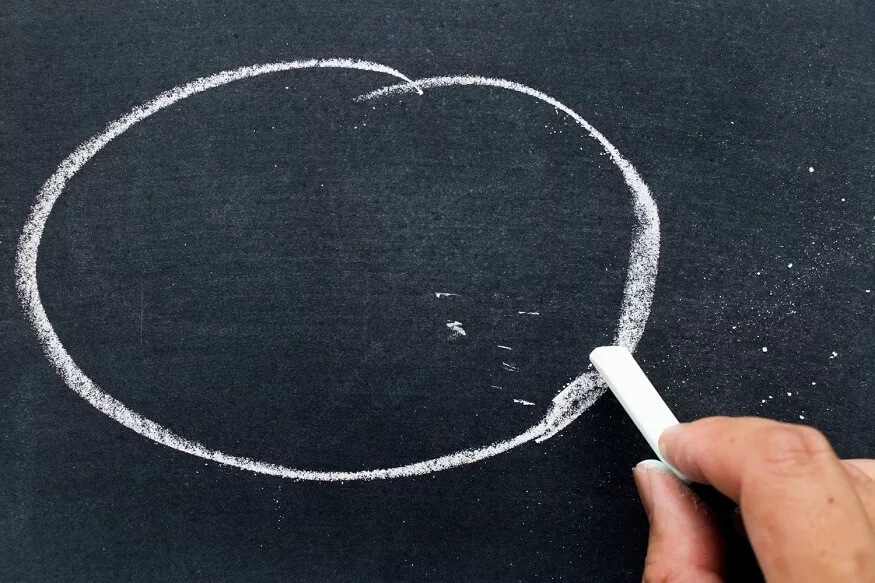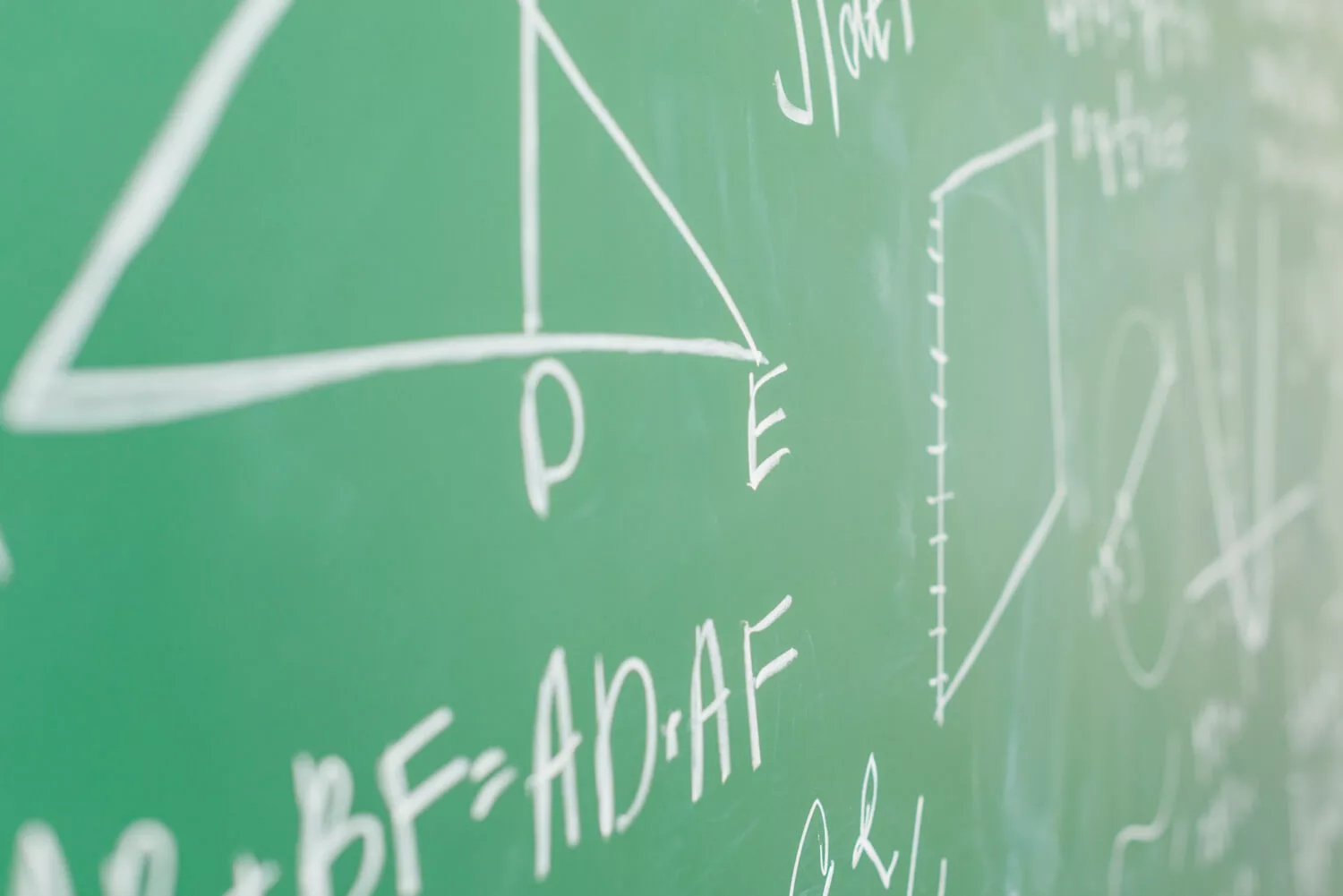Circles, fundamental shapes in geometry, are ubiquitous in our daily lives. From the wheels on a car to the base of a coffee mug and even the form of the sun, circles abound. This article explores circle properties, specifically focusing on circle chords, tangents, and angles, revealing the intriguing aspects of these geometric wonders.
Circles: The Basics
A circle is a circular curve in which every point is equally spaced from a central point known as the “centre.” The centre and the radius are two components required to define a circle. The radius calculates the distance that a point on a circle must travel to reach its centre. Let’s now examine some of the basic characteristics of circles.
Properties of Circles:
1. Circumference and Diameter:
- The length of time it takes to go around an edge is its circumference. By utilising the formula C = 2πr, where “C” stands for circumference and “r” for radius, you may determine the circumference.
- A circle’s diameter is defined as the piece of line that passes through its centre and touches each of its two ends.
2. Chords:
- Line segments that join any two points on a circle are called chords. Chords don’t necessarily pass through the centre.
- The diameter is the longest chord a circle can have because it passes through the centre. Any other chord is shorter than the diameter.
3. Tangents:
A line that touches a circle only once and is perpendicular to the radius at that location is called a tangent. This indicates that the radius and tangent line are at a right angle at the exact location where the tangent touches the circle.
4. Angles in a Circle:
- The angle formed by two radii (plural of radius) with the centre of the circle as the vertex is called a central angle. A central angle’s measure is equal to the angle it subtends (covers) on the circle.
- An inscribed angle is formed by two chords with the vertex on the circle itself. A located arc’s measure is half that of the inscribed angle’s measure.
Also Read: Areas and Volumes: Calculating areas and volumes of 2D and 3D shapes
Circle Chords:
Now, let’s dive deeper into circle chords. Chords are crucial elements of a circle, and they have some interesting properties:
1. Chord Length:
- Imagine a circle with a radius of 7 units. Find the chord’s length that is three units from the centre.
- We can employ the chord length formula: Chord Length = 2 * √ (r² – d²).
- Substituting the values: Chord Length = 2 * √ (7² – 3²) = 2 * √ (49 – 9) = 2 * √40 units.
- Therefore, the length of the chord is 2√40 units.
2. Perpendicular Bisector:
- The line passing through the midpoint of a chord and perpendicular to the chord is called the perpendicular bisector of the chord.
- The perpendicular bisector always passes through the centre of the circle.
3. Equal Chord Property:
- If two chords in the same circle are equidistant from the centre, they are of equal length.
4. Converse of the Equal Chord Property:
- Two chords are equally spaced from the centre if they have the same length within the same circle.
5. Circle Tangents:
- Tangents are like gentle kisses on the cheek of a circle. They have their unique characteristics:
1. Tangent Length:
- The length of a tangent drawn from a point outside the circle to where it touches the circle is precisely equal to the radius of the circle. The radius crosses the tangent line at the exact point of contact.
2. Secant and Tangent Relationship:
If you create a secant, a line intersecting the circle at two distinct points, and simultaneously draw a tangent from one of those points, the angle formed between the secant and the tangent is half of the angle created by the secant and the line connecting the centre to the point of contact.
Also Read: Surface Areas and Volumes: Calculating surface areas and volumes of various geometric solids.
Angles in a Circle:
Understanding angles in a circle is vital to solving various geometry problems:
1. Angle Sum in a Circle:
- The sum of all the central angles in a circle is always 360 degrees.
- Similarly, the sum of all the inscribed angles in a circle is always 360 degrees.
2. Angle Formed by a Chord and Tangent:
There is always a 90-degree angle created when a chord and a tangent cross at the point of tangency.
Bringing Everything Together
Let’s use these qualities to tackle a couple of problems.
Case 1: –
Determine the chord’s length that is 4 cm from the circle’s centre and has a 6 cm radius. The chord length formula can be used to resolve this: 2*(r2 – d2) is the equivalent of chord length.
- Plugging in the values: Chord Length = 2 * √ (6² – 4²) = 2 * √ (36 – 16) = 2 * √20 cm.
- So, the length of the chord is 2√20 cm.
Case 2:
- Find the measurement of the central angle that subtends a 45-degree arc in a circle with a radius of 12 cm.
- Given that we are aware that the measure of a central angle is equal to the measure of the arc it subtends, 45 degrees is the central angle in this instance.
Case 3:
- If a tangent to a circle makes a 30-degree angle with a radius drawn to the point of tangency, what is the measure of the inscribed angle formed by the same chord and the circle?
- The measure of the inscribed angle is half the measure of the arc it subtends. The inscribed angle is 15 degrees since the angle is formed by the tangent and the radius is 30 degrees.
Case 4:
The circle has a radius of 8 cm and a chord that extends 6 cm from its centre. The chord’s length and the separation between its midway point and centre can both be found using the chord length formula. The chord length is equal to double this length. The midpoint of the chord, represented by ‘d’, is situated 6 cm from the centre of the chord.
These examples show how solving different geometry issues can be facilitated by having a basic understanding of circles’ chords, tangents, and angles.
We see circles everywhere, and geometry and mathematics heavily rely on their characteristics. To solve problems with circles, one must have a fundamental understanding of the properties of circles, including their chords, tangents, and angles. Whether you’re calculating chord lengths, finding the measure of central or inscribed angles, or exploring the relationships between secants and tangents, circles offer a rich playground for mathematical exploration.
So, remember that the next time you see a circle, it’s more than just a simple geometric shape—there are a plethora of mathematical secrets lying in wait to be unlocked.
Also Read: What Are Sudoku Challenges For Preschoolers and Kindergarten Kids
With a focus on circle chords, tangents, and angles in particular, the curriculum on circles at the EuroSchool is created to give pupils a thorough understanding of the properties of circles. Through engaging lessons and hands-on activities, students delve into the world of geometry and discover the fundamental principles that govern circles. They acquire the skills necessary to measure angles within a circle, compute chord lengths, and comprehend the connection between tangents and radii. Along with developing fundamental mathematical abilities, this educational adventure cultivates in children a strong appreciation for the beauty and usefulness of circles in daily life. With EuroSchool, students unlock the secrets of circle properties and gain a solid foundation in geometry.











